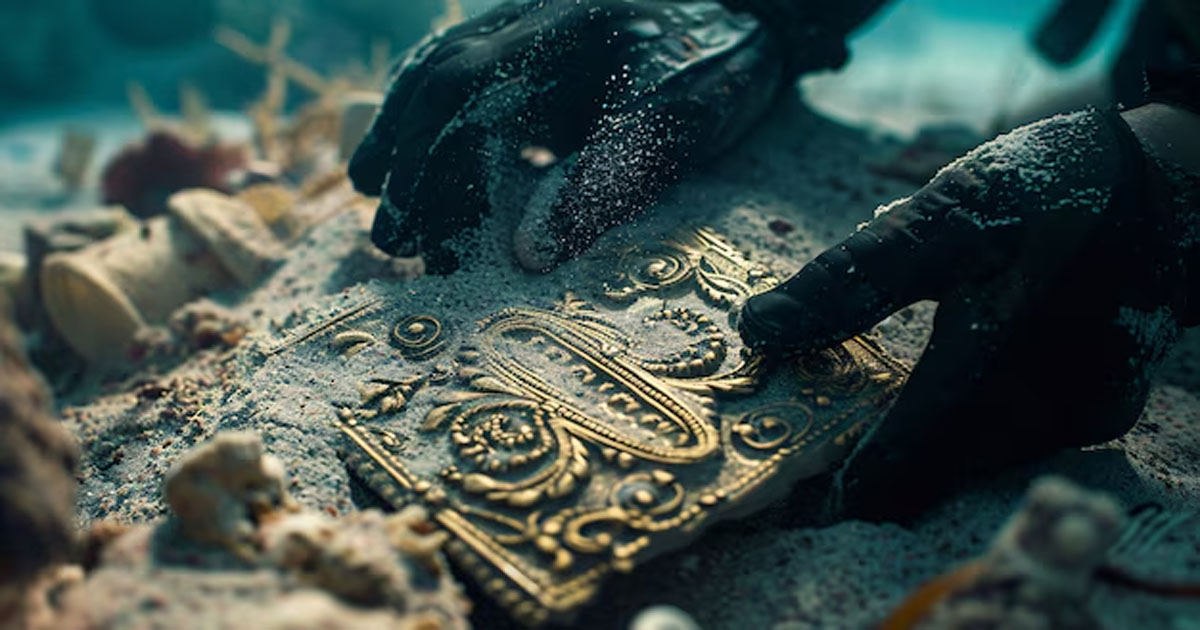Ancient art is like a time machine, whisking us away to eras long gone, yet vividly alive through its masterpieces. This art form encompasses the creative expressions of early civilizations, revealing their cultures, beliefs, and daily lives. From intricate cave paintings to majestic stone sculptures, ancient art not only chronicles the human story but also helps us connect with our past.
The Origins of Ancient Art
Human beings have always had a deep need to express themselves, and ancient art is a testament to this timeless impulse. Early art began as simple symbols and crude carvings, evolving over thousands of years into sophisticated forms. The origins of ancient art can be traced back to the Stone Age, where cave paintings and carvings were the earliest forms of human artistic expression.
Major Ancient Art Traditions
Egyptian Art
Egyptian art is renowned for its distinctive style and symbolism. Hieroglyphics, the ancient script, played a crucial role in their artistic expression. Artworks from this period, such as the pyramids and the Sphinx, not only served religious purposes but also acted as powerful symbols of the Pharaohs’ divine status and the afterlife. The precision and grandeur of Egyptian art continue to fascinate historians and art enthusiasts alike.
Greek Art
Greek art is celebrated for its contributions to sculpture and architecture. The Greeks mastered the art of creating lifelike statues and grand temples that celebrated their gods and heroes. Greek art is deeply intertwined with mythology, as many works depict deities, mythological scenes, and epic narratives. The Parthenon and the sculptures of the gods are prime examples of the Greeks’ artistic achievements.
Roman Art
Roman art is known for its realism and innovation. Romans excelled in creating detailed portraits and grand public buildings. The Colosseum, with its intricate design and scale, exemplifies Roman architectural prowess, while their portraits capture the likeness and personality of individuals with astonishing accuracy.
The Role of Religion and Mythology
Religion and mythology were central to ancient art, often dictating the themes and subjects depicted. Art was used as a medium to honor deities, illustrate sacred stories, and perform religious rituals. In Egyptian art, gods and goddesses were represented in specific ways to convey their divine attributes, while Greek art often portrayed mythological figures in dynamic, dramatic scenes.
Materials and Techniques
Ancient artists employed a variety of materials and techniques. Egyptians used materials like limestone, gold, and colored pigments, while Greeks and Romans favored marble and bronze. Techniques ranged from carving and modeling to painting and mosaic work. Each material and method was chosen to enhance the artwork’s durability and aesthetic appeal.
Regional Variations in Ancient Art
Mesopotamian Art
Mesopotamian art is characterized by its use of bas-reliefs and cylinder seals, which were often used for administrative and ceremonial purposes. These artifacts provide valuable insights into the social and religious life of ancient Mesopotamia.
Indian Art
Indian art includes the architectural splendor of temples and intricately carved sculptures that depict various deities and mythological stories. The diversity of styles across different regions of India highlights the rich cultural tapestry of ancient Indian civilization.
Chinese Art
Chinese art from ancient times is distinguished by its elegant pottery, intricate calligraphy, and detailed jade carvings. These artifacts reflect the philosophical and spiritual values of ancient Chinese society, such as harmony and balance.
The Preservation of Ancient Art
Preserving ancient art is both a science and an art form. Techniques include careful restoration, controlled environments, and digital documentation. Despite these efforts, many ancient works face threats from environmental conditions and human activities. Preservationists work tirelessly to maintain the integrity and beauty of these cultural treasures.
Modern Interpretations and Influence
Ancient art continues to inspire and influence contemporary culture. Modern artists often draw on ancient themes and techniques, reinterpreting them through a contemporary lens. The revival of ancient styles and motifs in modern art demonstrates the timeless relevance of these early artistic expressions.
Conclusion
In exploring ancient art, we embark on a journey through human history, discovering the diverse ways in which early civilizations expressed their beliefs, values, and creativity. Ancient art not only offers a glimpse into the past but also influences and enriches our present and future artistic endeavors.
FAQs
- What is the oldest known piece of art? The oldest known piece of art is the Chauvet Cave paintings in France, dating back around 32,000 years.
- How has ancient art influenced modern art? Ancient art has influenced modern art through its themes, techniques, and stylistic elements, inspiring contemporary artists to explore and reinterpret these classical forms.
- What were the primary materials used in ancient Egyptian art? Ancient Egyptian art primarily used materials such as limestone, gold, and various pigments for painting.
- How are ancient art pieces preserved today? Ancient art pieces are preserved through methods like careful restoration, climate control, and digital recording to protect them from damage and deterioration.
- What role did mythology play in ancient Greek art? Mythology played a central role in ancient Greek art, serving as a source of inspiration for many works that depicted gods, heroes, and mythological narratives.














Leave a Reply